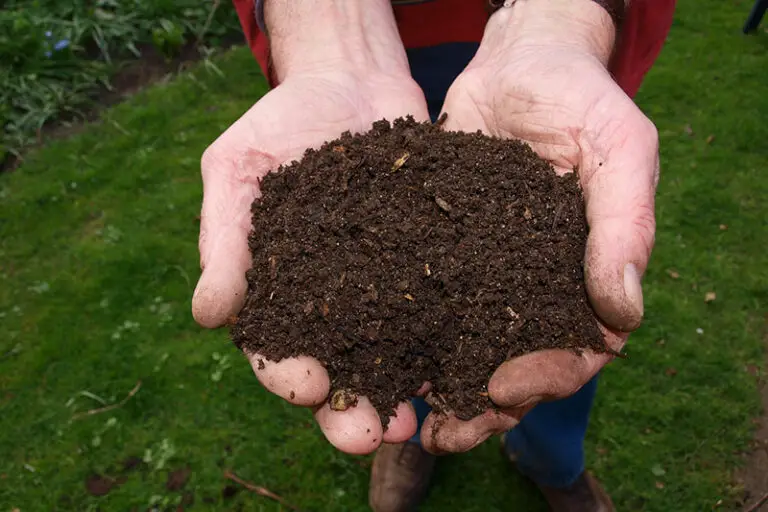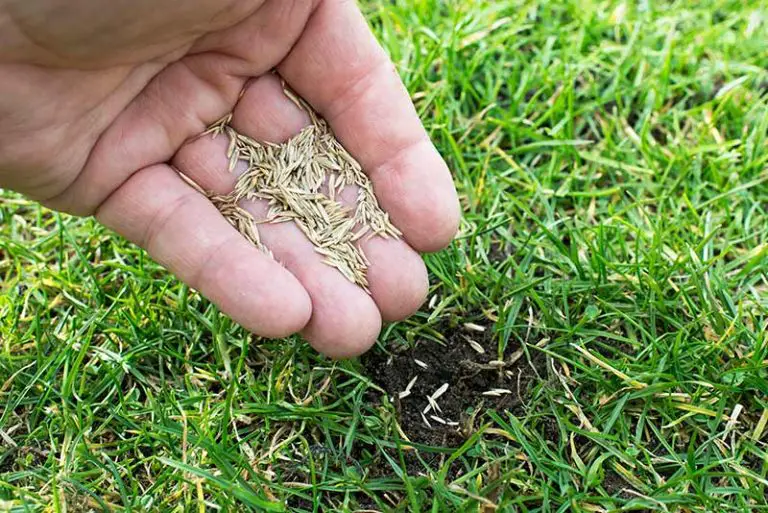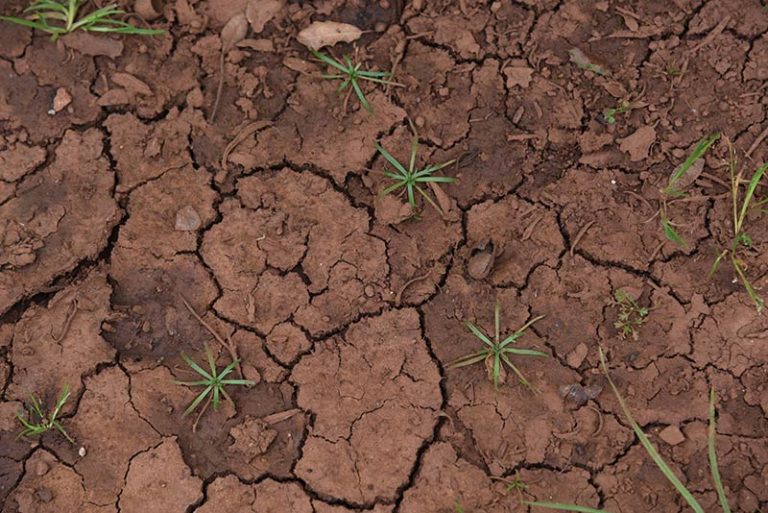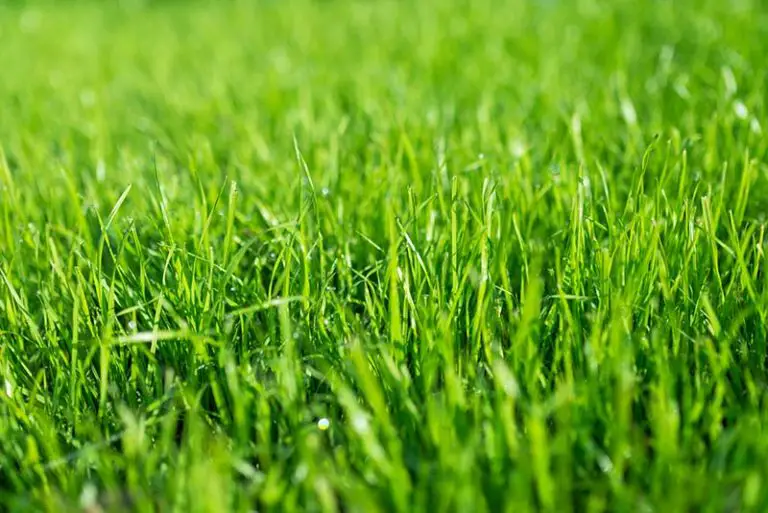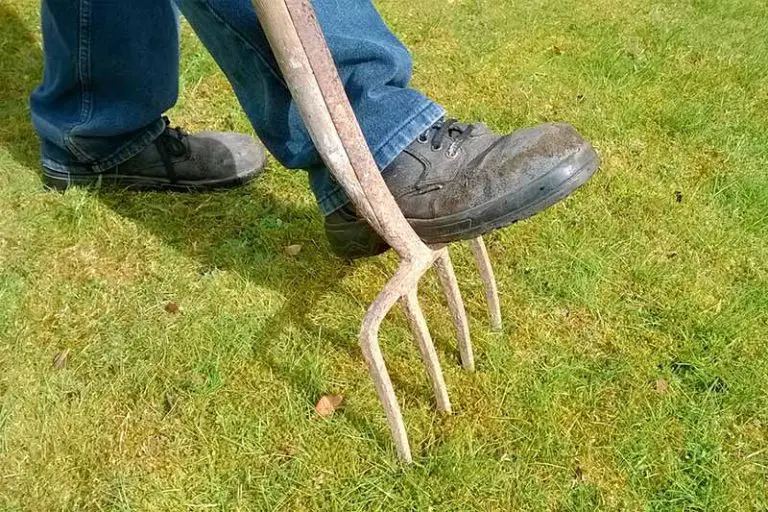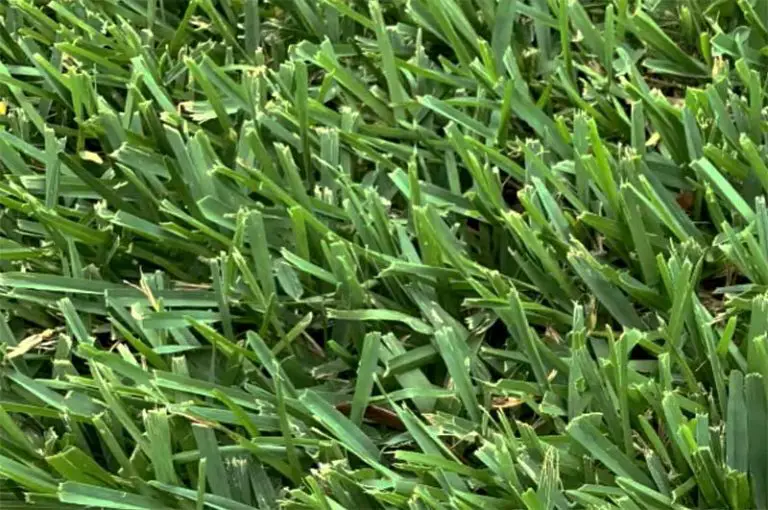Choose the Best Grass for Your Lawn: Zoysia vs. Bermuda
If you live in the south or a warm transitional region in the US, you’re probably considering several different warm-season grass types for your lawn. Two popular types of warm-season grasses are zoysia grass and Bermuda grass. While these grasses share similar characteristics, they are better suited for slightly different conditions as they vary in their properties.
When deciding between zoysia grass vs Bermuda grass, you need to consider factors such as each grass’ appearance, shade tolerance, drought tolerance, traffic tolerance, and soil preference. Zoysia grass is a hardy species that is hailed as a low-maintenance grass type; however, it is the more expensive option compared to Bermuda grass. Although Bermuda grass is cheaper, it is less tolerant to cool temperatures and requires more maintenance due to its aggressive growth habit.
What is Zoysia Grass?
Zoysia grass is a warm-season grass type that grows best in warm, sunny climates, but will tolerate cooler temperatures too. It is generally hailed as a low-maintenance grass type, having a high tolerance to a range of conditions like foot traffic, drought, and shade. It has a true green color and will fill to create a thick, lush lawn. This is the ideal grass if you want a lawn that requires minimal watering and mowing.
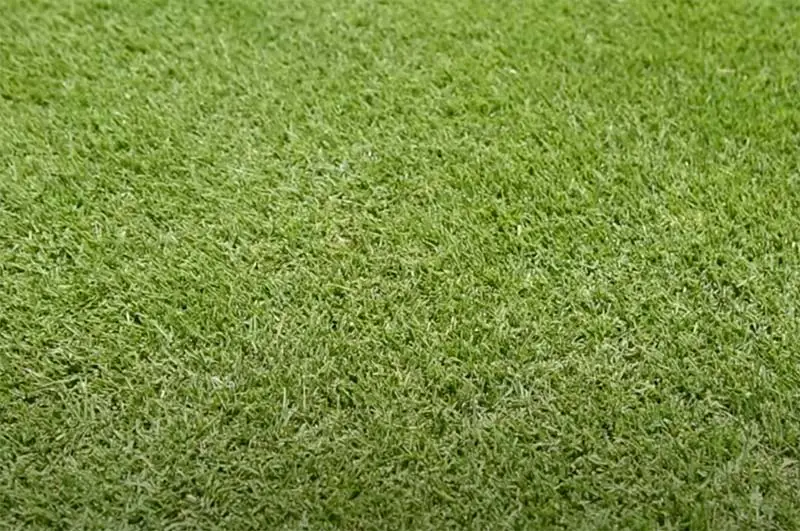
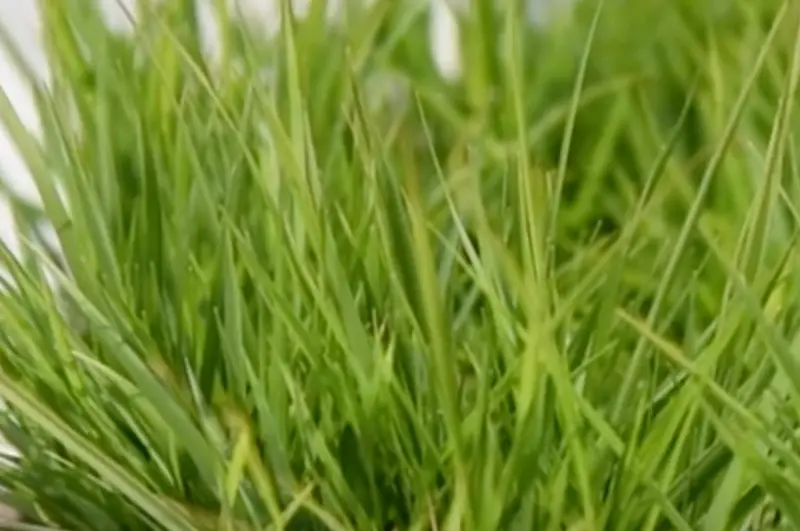
What is Bermuda Grass?
Bermuda grass is a warm-season grass type that requires a hot climate and full sun. Unlike zoysia grass, Bermuda grass will not tolerate cool temperatures. This grass has an aggressive growth habit, meaning it will grow quickly and fill bare spots on its own. However, this aggressive growth habit means that Bermuda grass may spread to unwanted areas in your yard; in this case, you’ll have to take some measures to kill Bermuda grass to prevent it from choking out your other plants. With that said, Bermuda grass is a much cheaper option than zoysia grass, and offers much of the same characteristics, like its exceptional tolerance to traffic and drought.
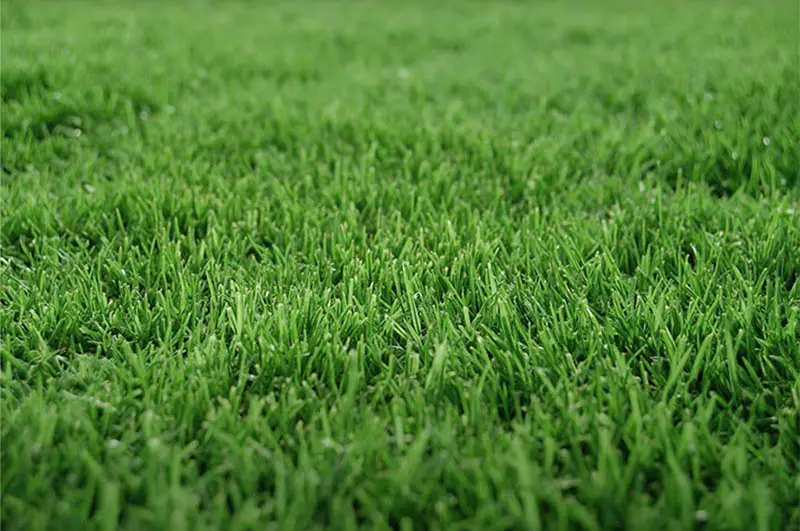
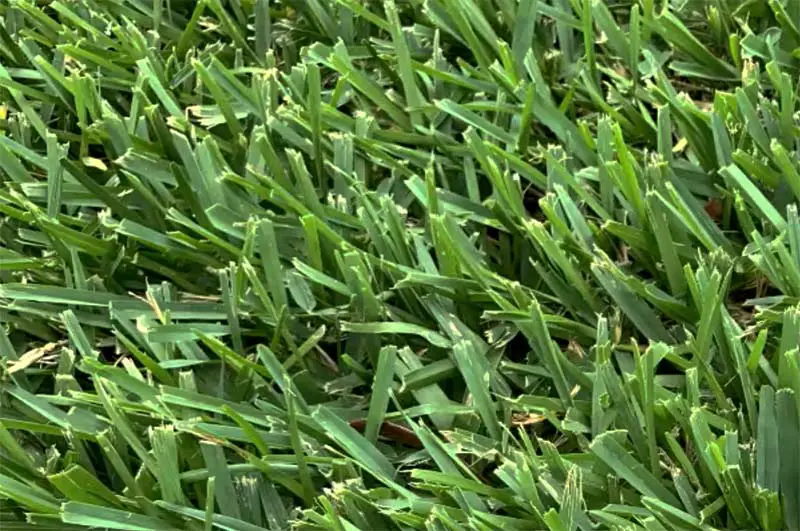
Zoysia Grass vs Bermuda Grass Comparison
In this section, we have gone into detail about the characteristics of each grass and how they compare to each other.
Color
In general, Zoysia grass tends to range from dark to light green, while Bermuda grass typically has more of a darker blue-green hue. When choosing between Zoysia and Bermuda grass, this factor is completely down to your aesthetic preference.
Zoysia Grass: Different cultivars of zoysia grass have different shades of green. Empire, Innovation, and El Toro Zoysia are all dark green; Geo, Zeon, and Zorro Zoysia are a deep green shade; Meyer Zoysia is emerald green; Palisades Zoysia is light green.
Bermuda Grass: The color of Bermuda grass also varies between cultivars. Celebration and Discovery Bermuda grass are a dark blue-green color; Latitude 36 Bermuda grass is dark green; Tifway 419 Bermuda grass is a blue-green color; NorthBridge Bermuda grass is a bright green.
Blade Texture
Zoysia grass and Bermuda grass can be most easily distinguished from one another based on their blade width and texture. Most zoysia grasses typically have a larger blade width than Bermuda grass. Again, this deciding factor is ultimately up to your personal preference.
Zoysia Grass: Zoysia grass typically has blades that are between 5 and 7mm in width. Finer-bladed cultivars of zoysia grass like Innovation and Geo Zoysia can have blades with a 2mm width. Zoysia grass blades tend to be stiffer than Bermuda grass and will feel prickly after being mowed.
Bermuda Grass: Bermuda grass blades are typically much finer than zoysia grass, measuring between 1.5 to 1.7mm in width. The blades of Bermuda grass feel softer than Zoysia due to their fine, hair-like texture.
Growth Habit
All grass types grow and spread using either underground rhizomes or above-ground stolons, or a combination of both. Zoysia grass and Bermuda grass have the same growth habit, spreading using a combination of rhizomes and stolons.
Zoysia Grass: Zoysia grass grows much more slowly than Bermuda grass, taking longer to spread and fill bare spots on the lawn. Under ideal conditions, zoysia grass can grow to fill a lawn in about 1 year; however, in most cases, it will take 2 to 3 years for zoysia grass to fully grow in and provide full coverage. Once the lawn has fully grown, zoysia creates a dense mat of grass that will easily choke out weed growth.
Bermuda Grass: Bermuda grass has a particularly aggressive growth habit and will grow much more quickly than zoysia. However, due to this growth habit, Bermuda grass can spread to unwanted areas in your yard, such as planting beds. For this reason, many consider Bermuda grass to be a weed to get rid of. If you’re intentionally growing Bermuda grass in a lawn, it’s a good idea to install edging to prevent it from spreading to nearby beds. Also, as Bermuda grass is less dense than zoysia, it is typically more prone to weed growth.
Mowing Height
Cutting your grass to the right height is one of the best ways to maintain it at peak condition. Ideal mowing heights vary between grass species, with the best height for Bermuda grass differing to that of Zoysia; Bermuda grass should be maintained at a lower mowing height than zoysia grass.
Zoysia Grass: The best height to cut zoysia grass is somewhere between 1 and 2 inches. As it grows more slowly, you’ll need to cut zoysia grass less frequently than Bermuda grass.
Bermuda Grass: The best mowing height for Bermuda grass is about 0.5 to 1.5 inches. Again, you’ll have to mow Bermuda grass more frequently than zoysia grass due to the former having a more aggressive growth habit.
Shade Tolerance
Comparatively, zoysia grass is much more shade tolerant than Bermuda grass.
Zoysia Grass: Zoysia grass is one of the most shade-tolerant warm-season grasses available. This grass will tolerate moderate shade, with the most shade tolerant varieties being the finer-bladed cultivars like Innovation and Geo Zoysia.
Bermuda Grass: Bermuda grass isn’t very tolerant of shade, requiring direct sunlight throughout the day to thrive. If parts or all of your lawn are shaded, Bermuda grass would not be the best choice for you.
Traffic Tolerance
Although both types of grass are tolerant to traffic, Bermuda grass is typically hardier than zoysia grass. If you’re looking for a grass type that will withstand a lot of wear and tear, you should consider Bermuda grass as your primary option.
Zoysia Grass: Zoysia grass is somewhat traffic tolerant and will withstand general use from people or pets. The lawn will be able to repair itself when damage occurs by spreading to fill bare spots of soil.
Bermuda Grass: Bermuda grass is extremely hardy and will tolerate intense usage from people, pets, and vehicles. When damage does occur, Bermuda grass can recover quickly by repairing itself. It’s for these reasons that Bermuda grass is a common grass species used on golf courses and sports fields.
Drought Tolerance & Resistance
In grass, drought tolerance is a different characteristic from drought resistance. Drought tolerance refers to the grass’ ability to survive periods of drought; drought resistance is the grass’ ability to remain green during periods of drought. Generally speaking, Bermuda grass has a better drought tolerance and resistance compared to zoysia grass.
Zoysia Grass: Zoysia grass has a high drought tolerance and moderate drought resistance. It will be able to maintain its green color for short periods of drought, but will turn brown if the drought lasts an extended time.
Bermuda Grass: Bermuda grass is extremely drought tolerant and drought resistant. It is well adapted to survive in particularly hot, dry climates. Compared to zoysia grass, Bermuda grass will stay greener for longer in periods of drought.
Soil Preference
Different grass types are best suited to different types of soil. For example, common soil types include sandy soil, clay-heavy soil, and loamy soil; these soils are made from different particles that give the soil its own certain growing characteristics. Both zoysia grass and Bermuda grass will grow well in any soil type, but prefer sandy or loamy soil.
Zoysia Grass: While zoysia grass is able to grow well in most soil types, it will particularly thrive in sandy or loamy soil. If you have clay-heavy soil, you’ll still be able to grow zoysia grass with the right maintenance; however, it will do best in other more aerated soil types like sandy or loamy soil.
Bermuda Grass: Bermuda grass will also do well in most soil types, but also has a preference for sandy or loamy soil. On top of this, Bermuda grass has a higher tolerance for salt, making it better suited for coastal areas.
Fertilization & pH Requirements
All grass types require the right amount of nutrients and the correct soil pH in order to grow properly. Both zoysia grass and Bermuda grass have similar nutritional requirements, needing nitrogen, phosphorus, potassium, manganese, iron, and sulfur.
Zoysia Grass: The ideal soil pH for zoysia grass is within the range of 5.8 to 7.0. This grass prefers slightly more acidic soil than Bermuda grass. When fertilizing zoysia grass, you’ll need to add 0.5 lbs. of nitrogen per 1,000 square feet of soil monthly; the first of these applications should take place 3 weeks after the grass greens up in spring. In the mid to late summer, you’ll need to double this amount to add 1 lb. of nitrogen per month.
Bermuda Grass: For Bermuda grass, the ideal soil pH is in the range of 6.5 to 8.0. It prefers a slightly more alkaline soil than zoysia grass. Bermuda grass will need between 0.5 and 1 lbs. of nitrogen per 1,000 square feet of soil; you would need to add this amount of nitrogen every 4 to 6 weeks throughout the spring and summer.
Watering Requirements
Generally speaking, warm-season grasses require 1 inch of water per week to stay healthy. This applies to both zoysia grass and Bermuda grass; however, Bermuda grass may need an additional 0.5 inches of water. As an additional note, zoysia grass is more tolerant of overly wet soil than Bermuda grass.
Zoysia Grass: Zoysia grass will only require 1 inch of water per week. If the grass doesn’t receive enough water, it will turn brown and enter a state of dormancy. It will green back up once water is added providing the period of drought doesn’t last too long.
Bermuda Grass: Bermuda grass may need a little more water than zoysia grass, requiring between 1 and 1.5 inches per week. It will not tolerate wet soil or standing water; Bermuda grass will likely develop root rot if excess water remains around the grass’ roots for more than 2 days. To prevent this issue, it’s crucial to maintain well-draining soil and to avoid watering before rain is forecast.
Pests
Both zoysia grass and Bermuda grass are susceptible to a variety of pests that can cause extensive damage to the grass. Zoysia grass is generally more resilient against pest damage, but both grass types can be susceptible to infestations of various damaging insects.
Zoysia Grass: The most common pests that invade zoysia grass include chinch bugs and billbugs. These insects initially feed on the grass’ blades, before moving onto the root systems. The resulting damage from these insects will form large brown patches on the lawn. With that said, between zoysia grass and Bermuda grass, zoysia is generally more resistant to pest damage.
Bermuda Grass: The pests that are most common to Bermuda grass are mole crickets, grubs, billbugs, sod webworms, and Bermuda grass mites. Again, these insects feed on the foliage and roots of the grass plants, causing patches of dead, brown grass to form on the lawn.
Diseases
Again, both zoysia grass and Bermuda grass are susceptible to a range of lawn diseases. Each grass is more susceptible to certain issues, so care must be taken to prevent the grass type’s particular vulnerabilities.
Zoysia Grass: Zoysia grass is most susceptible to the development of brown spot, lawn rust, and leaf spot.
Bermuda Grass: The diseases most commonly found on Bermuda grass include dollar spot, spring dead spot, leaf spot, brown patch disease, and pythium blight.
Cost
Zoysia grass is typically more expensive than Bermuda grass. Therefore, if your budget is a major concern, you should opt for Bermuda grass.
Zoysia Grass: Between sod, seed, and grass plugs, zoysia grass tends to be more expensive than Bermuda grass. Many varieties of zoysia grass are only available to purchase as sod or grass plugs; this makes it much more expensive to get a zoysia lawn compared to seeding Bermuda grass. The average price of zoysia sod is about $235 per pallet to cover 450 sq. feet of soil.
Bermuda Grass: Bermuda grass is the most cost-effective option of getting a new lawn when compared to zoysia grass. Bermuda grass sod costs an average of $150 per pallet, while Bermuda grass seed costs roughly $6 per pound to cover the same area.

